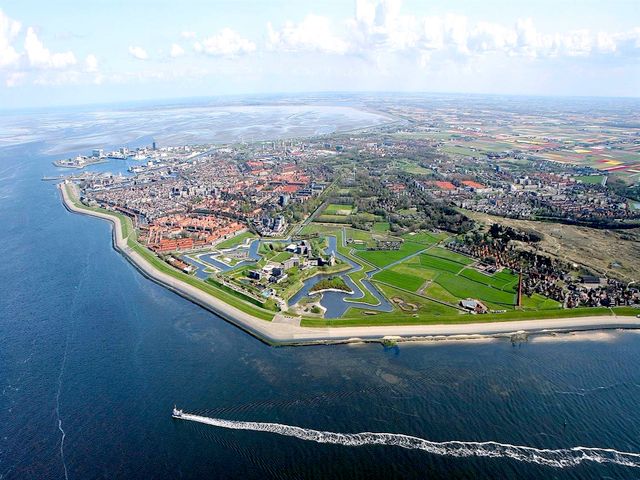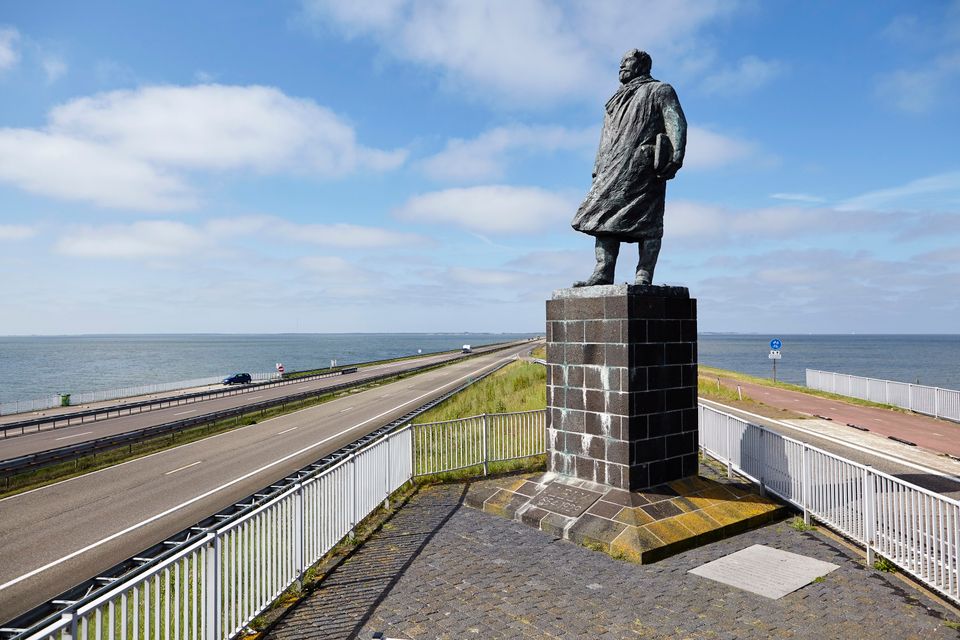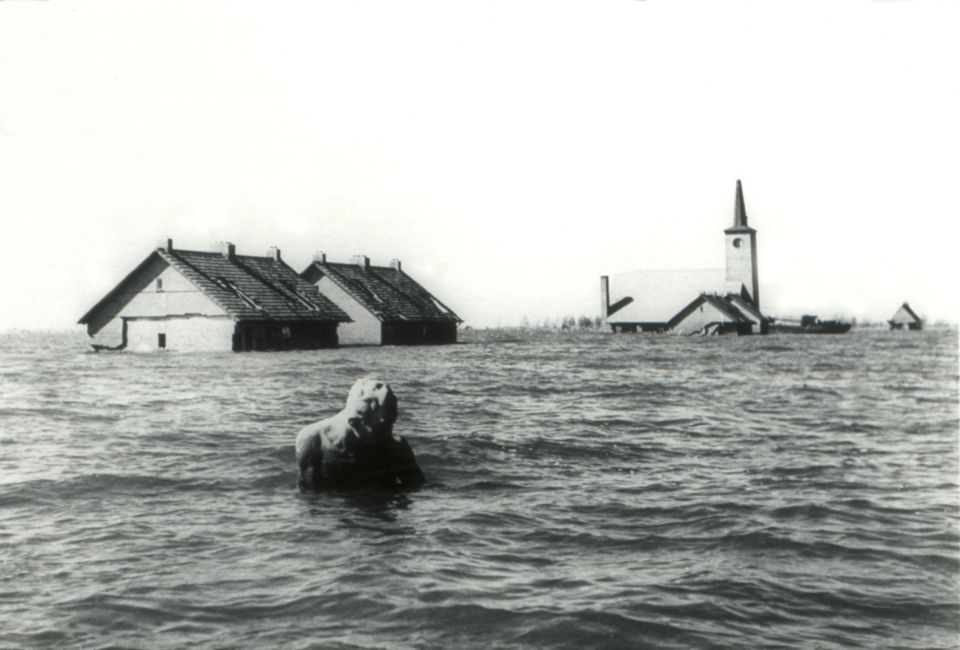From Wadden island to polder
If you want to learn more about the history of land reclamation, impoldering and dike construction from close up, then Wieringermeer is the place to be. This polder and former municipality (now part of Hollands Kroon) has an interesting story to tell. How the area became an island in the All Saints’ Flood in 1170, how the land reclamation in the crisis years of the 20th century led to the building of the Afsluitdijk and about the Jewish work camp Nieuwe Sluis and how the Germans flooded the polder again at the end of WWII.
Imperial Crown Prince
Around the year 1000 the area was still land and had an even larger surface area than the current polder. In the 12th century huge storms completely flooded the area and it became part of the Zuiderzee. In the early 20th this 10 x 5 kilometre island had eight villages with around 3,000 inhabitants who survived mainly on fishing and agriculture.
On 2 November 1918 - one day after the end of WWI - Crown Prince Friedrich Wilhelm of Prussia was interned on Wieringen by the Dutch government. The son of Kaiser Wilhelm II, who was in exile in Doorn, he was allowed to return to Germany on 10 November 1923.
Gemaal Lely
In 1924 construction began on a dike that would connect Wieringen to the mainland. Construction of the Wieringermeerpolder began in 1927. The pumping stations Gemaal Lely (near Medemblik) and Gemaal Leemans (near Den Oever) were used to reclaim the land. The pumps started working on 10 February 1930 and on 21 August the polder was dry.
According to the original plan the polder was to be created after completion of the Afsluitdijk. But because the Netherlands was in great need of agricultural land after WWI construction was speeded up.
In 1934 the new land began to be cultivated. Plot sizes for the new farmers were determined by the Directie Wieringermeer from the Dienst Zuiderzeewerken and allocated via a leasing system.
Jewish refugees
In that same year the Jewish work camp Nieuwesluis was established, where Abel Herzberg later became the manager. Jewish refugees from Germany and Austria were taught about agriculture, providing them with skills they could use to settle in Palestine, the United States or South America. A total of 750 to 900 Jewish youths resided here. After the German invasion and occupation of the Netherlands the village was evacuated in March 1941. The former municpal building and the Oostwaardhoeve remained and have been a national monument since 2002.
Noah's Ark
At the end of WWII the Germans flooded the polder. On 17 April 1945 the dike was blown up in two places and in just two days the polder was completely flooded. All the crops and nearly all of the buildings were destroyed. The dikes were repaired after the war and on 11 December 1945 the polder was dry once again. The municipality’s town hall had been devoured by the water and a temporary town hall was built in Lutje Kolhorn. This was called Noah’s Ark because it was about the only place that remained dry.
DISCOVER THE STORY WITH THIS ROUTE:
-
Water Heritage
Water Heritage

-
Wadden Coast North Holland
Wadden Coast North Holland


